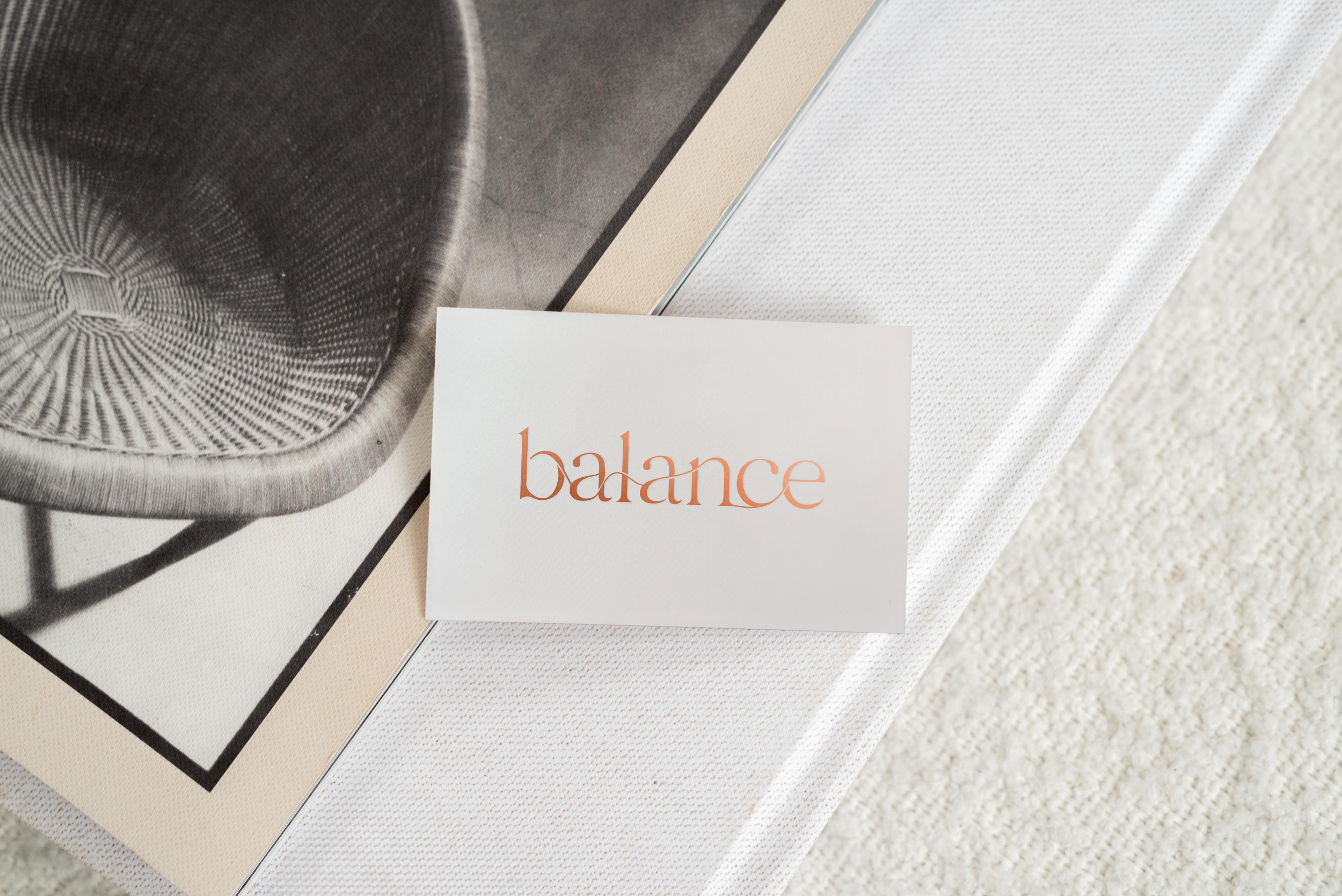Designing your own logo?
DIY Your Logo the right way!
So you’re starting a business… you need a logo… you’ve inquired with a few designers but hiring a designer isn’t in the budget at the moment so your next idea is to head over to a design site to DIY your logo.
I’m sure you’ve seen a post on all of your favourite brand designer’s social media pages about not DIYing your own logo… especially not on Canva…
Here’s the thing… I get it, sometimes hiring a brand designer is too big of a scary commitment; but there's more that goes into your logo design than aesthetics. Think of it as a way to visually communicate with your audience.Your brand visuals help your audience understand your brand's energy.
Here's a few tips to help you when DIYing your own logo.
Plan Plan Plan!
Before starting with design, find the designs that speak to your audience. You may be wondering, how would I be able to do that? And I’ll give you all the tips and tools I can to help you. Open up your notebook and get to thinking and planning, here’s a list of things I want you to consider:
→ How do you want your audience to feel when they meet your brand for the first time?
→ What would their thoughts be when they see your logo for the first time?
→ What kind of designs would they interact with?
Now that you’re starting to think about all the things your ideal client would interact with, start looking for designs that could mimic those. Pinterest can be a great start, and maybe going through Instagram as well. Start collecting these designs and you’ll soon start to see patterns from colors to font styles as well as textures and other design elements.
Create Variations!
Now that we’ve found our inspiration, it’s time to start designing. When designing a logo, the DIY approach is usually to design 1 type of logo. Here’s the thing… 1 logo can lack versatility, and eventually you might get to a point where the logo won’t be clear on a some of your marketing material or may not fit right.. Having variations will help you stay consistent when using your logo on different platforms and mediums such as business cards, website icons and profile pictures.
So what are the variations you should have?
→ A Primary Logo - This is the star of the show, the main attraction and the one that describes your brand the best.
→ A Secondary Logo - This variation is a stacked one, it’s more compact but still has your whole brand name spelled out. Your secondary logo is a simplified version of your primary logo and used mainly for print collateral.
→ A Submark - This is a simplified version of your logo maybe your brand initials. This is mainly used for smaller scale marketing and advertising. It’s used in places where your audience will already recognise you yet will continue to remind them of you.
→ An Icon - This is the smallest version of your logo, it’ll be the version you use as your website icon (the little icon where your link is) and can also be used as a profile picture on social media.
Beware of Logo Templates
If you're going for a logo template, purchase it directly from a designer. There are amazing and fantastic designers out there with Logo templates that they will help you customize for a low cost. Using a logo template from a website such as Canva makes Canva the legal owner of your logo... which means you could get in trouble (as in legal trouble) if used outside the scope of their terms and services… and we definitely don't want that! Canva is a great tool for those whose primary job isn’t design, but still need design elements to be able to execute their job. Designers aren’t fond of Canva not because it takes away the need for us (it doesn’t… it just means you’ll come to us later on…) But because rules are lost and it can be a free for all place where creators lose credibility for their work.
Your logo is important, it’s the first visual element your audience interacts with and we want to make a good enough impression that they keep coming back.
p.s. if you’ve gotten to this point and you feel like you’d like some help, my design date option might be just what you’re looking for. A quick turnaround for more than half the cost of what a brand design service might cost.
